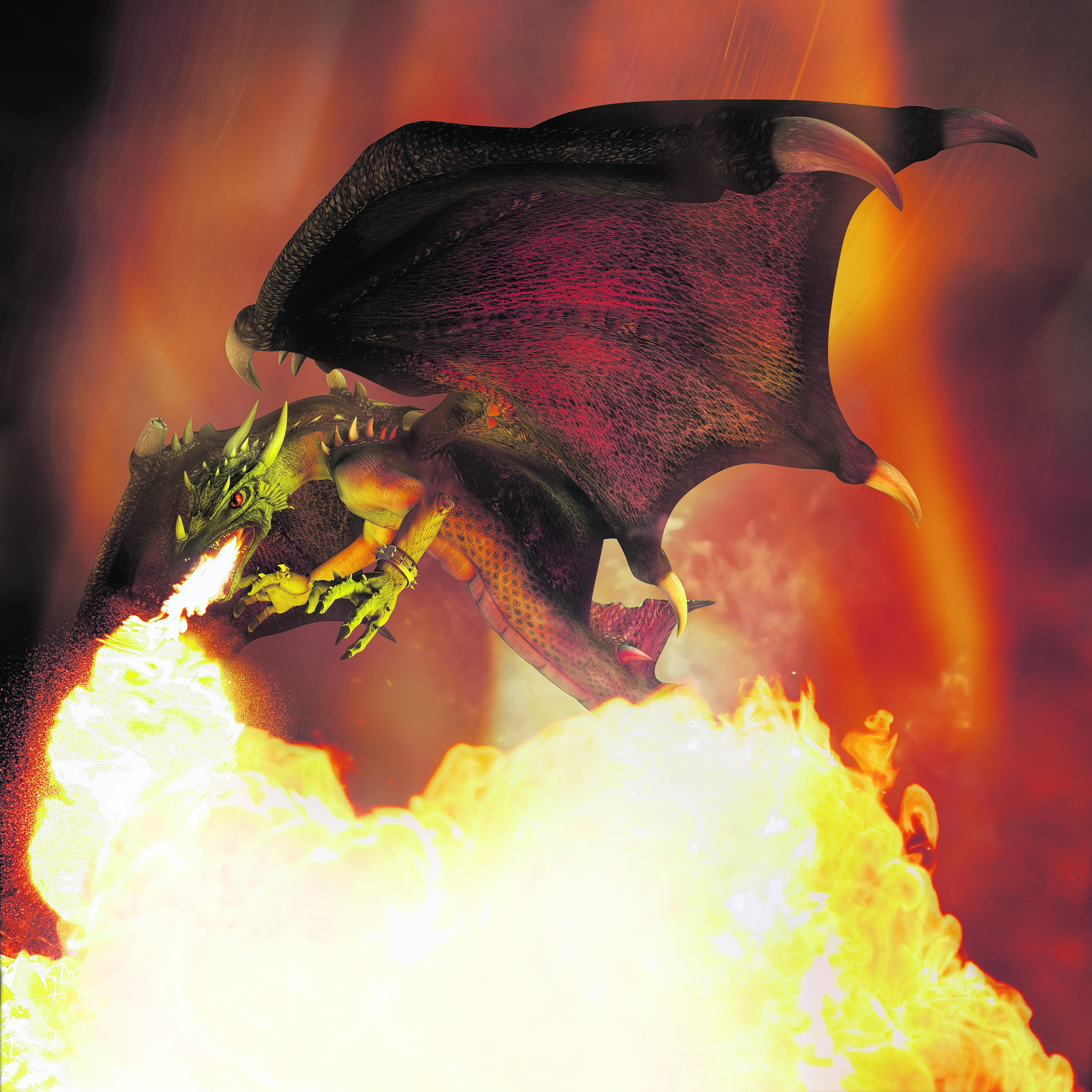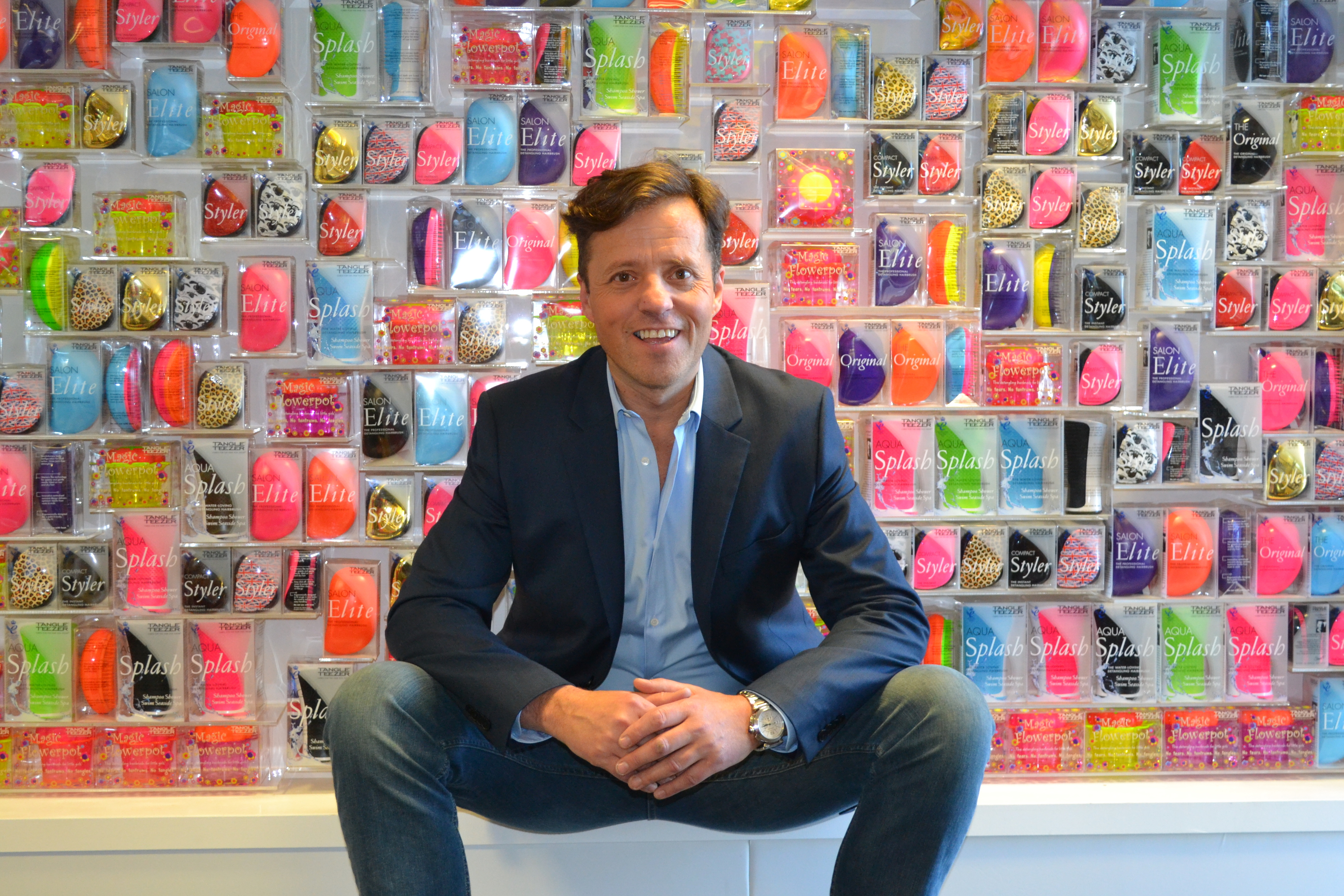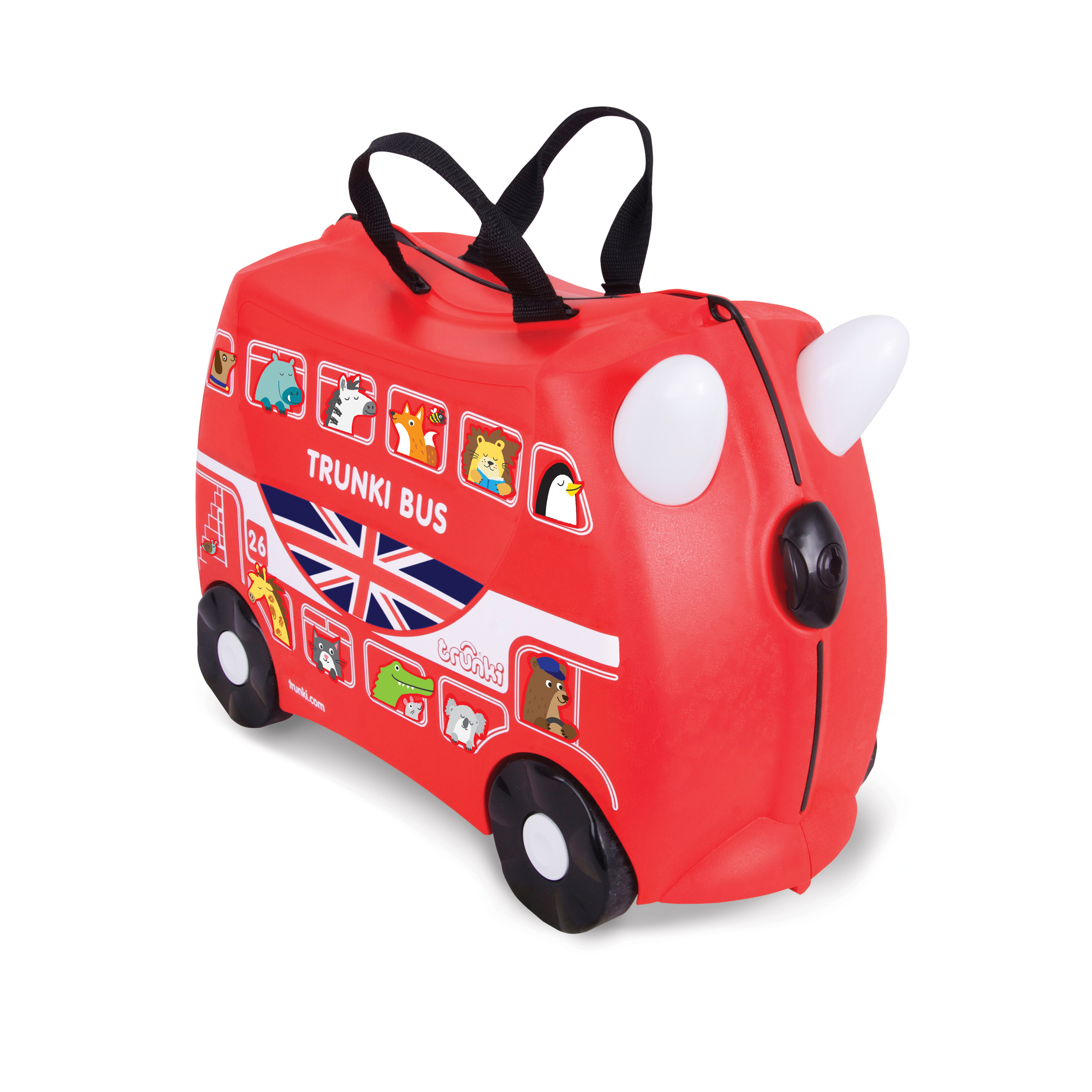We take a look at four of the most successful business proposals to be rejected by the real Dragons from Dragon’s Den.
1. SHAUN PULFREY’S TANGLE TEEZER
When Shaun Pulfrey appeared on the show with his idea for a comb/brush invention, he was turned down by all four dragons.
In the year that followed his TV appearance, the Tangle Teezer turned over £800,000 and a profit of £200,000, which all went to Pulfrey. In the following months, the product landed a lucrative deal with Boots Pharmacy, and has continued to go from strength to strength.
2. RACHEL LOWE’S DESTINATION BOARD GAME
Rachel’s story started as a cab driver in Portsmouth paying her way through university as a mature student with two children. While out on a shift, she had the idea for a taxi board game called Destination.
She took her Destination London board game to the investors on the first series of Dragons’ Den, but went home empty handed after one of the harshest roastings the show has seen. Undeterred, Rachel launched Destination London in Hamley’s Toy Store and the game became the top-selling item both in-store and online. The Destination brand now comprises more than 25 editions including a Harry Potter version and a new Downton Abbey range.
3. ROB LAW’S TRUNKI
They are a regular sight at airports and bus stations now so it’s hard to believe the Dragons would have rejected Rob Law’s invention of a sit-on suitcase for children. In 2011, it was recorded that 20% of British three to six year olds owned a Trunki.
4. JOHN RICHARDSON’S NATOX
There must have been a fair few cosmetic ideas that have passed the Dragons by, but they must be really kicking themselves for ignoring the ideas of John Richardson for a specially developed hypoallergenic skin cream. Less than 12 months after being on the show, John had sold 34,000 bottles of the natural alternative to Botox, generating a turnover of £3million. It was stocked in London’s prestigious Selfridges department store, and is now on shelves in 15 countries around the world.


